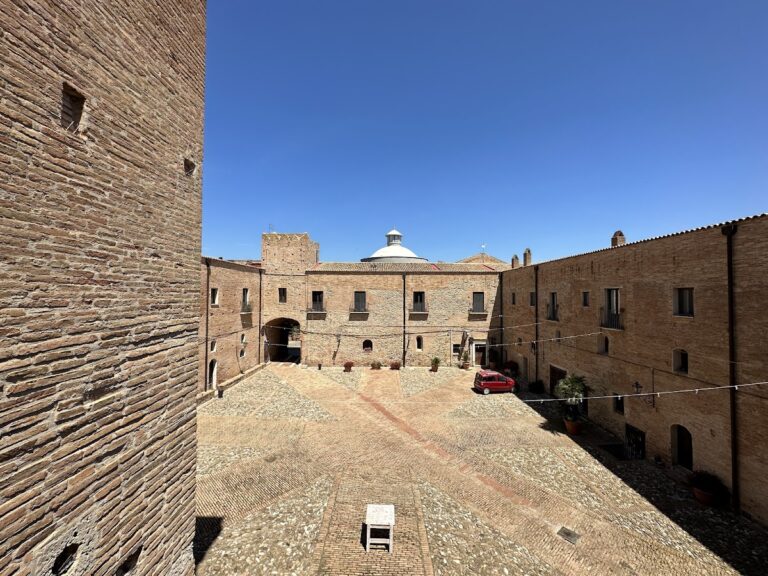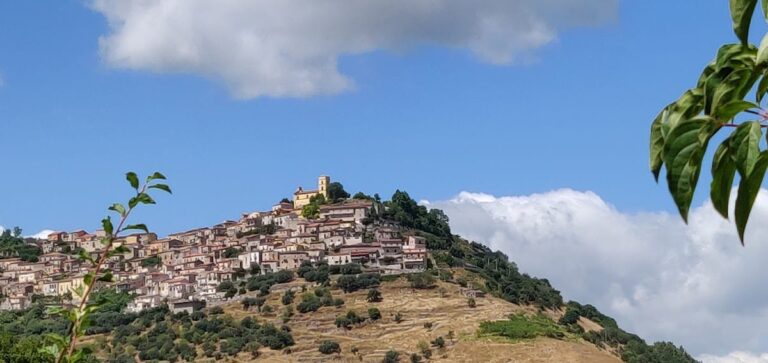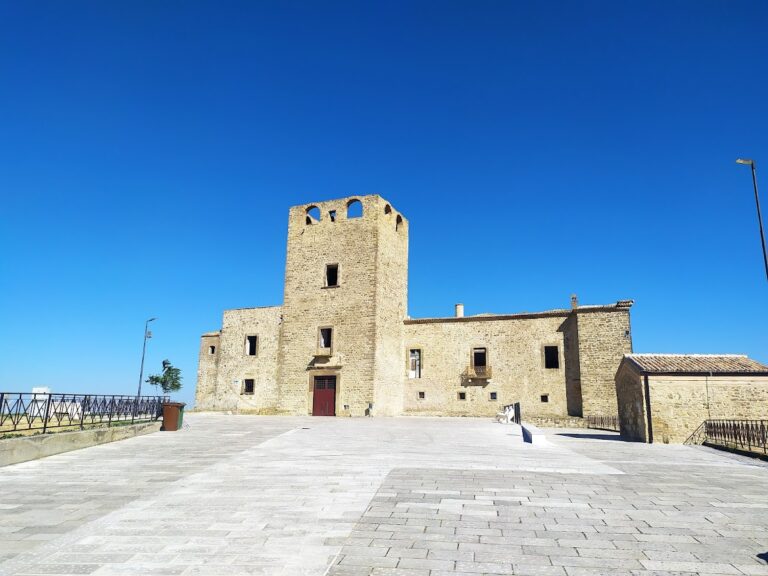Castle of Valsinni: A Historic Fortress in Italy
Visitor Information
Google Rating: 4.4
Popularity: Low
Google Maps: View on Google Maps
Country: Italy
Civilization: Medieval European
Remains: Military
History
The Castle of Valsinni is located in the town of Valsinni, Italy, and stands on land that has been significant since ancient times due to its strategic position. Originally, the site owes its origins to a Roman castrum, a type of military camp or fortification, which was established to protect the narrowest point along the Sinni River before it flows into the Ionian Sea. This early Roman defensive structure was succeeded by a Lombard fortification during the early medieval period.
Shortly after the year 1000, the existing Lombard stronghold was transformed, giving rise to what became the Castle of Valsinni. This medieval castle served defensive purposes, capitalizing on the site’s long history as a protected passageway, although the precise details of its early uses remain limited.
In the early 1500s, the castle came under the control of the Morra family, who acquired the local fief of Favale, which is the former name of the present-day town of Valsinni. This noble family held the castle, with intermittent interruptions, for about 140 years, until the year 1638. During this period, the castle gained notoriety as the home of Isabella di Morra, a poet born around 1520. Her life was marked by tragedy; she was killed around the age of 26 by her own brothers after they learned of her secret relationship with Diego Sandoval de Castro, the Baron of Bollita.
Isabella di Morra’s story has resonated through history and inspired cultural remembrance in the area. Although the precise location of her burial place remains undiscovered, her legacy is commemorated by a literary park established in 1993, named the Parco letterario di Isabella Morra, which embraces both the castle and the village to honor her memory and written works.
In modern times, since 1921, the castle has been owned by the Rinaldi family, continuing its role as an important historical landmark in the region.
Remains
The Castle of Valsinni occupies a site initially shaped by earlier defensive structures, notably the Roman castrum and the Lombard fort. The current castle incorporates portions of these previous fortifications, although detailed information about its layout or construction techniques is not fully documented. Its location was selected to control the strategic narrow pass along the Sinni River, thereby maintaining access oversight toward the Ionian Sea.
Archaeological findings have not revealed specific details such as inscriptions, mosaics, or decorative elements within the castle remains. Similarly, there is no recorded presence of artifacts like pottery, tools, or altars that might otherwise provide insight into the castle’s internal functions or the daily activities of its inhabitants.
No measurements or precise descriptions of the building materials used in the castle’s construction have been reported. The absence of detailed structural records also means that the current state of preservation, restorations, or modifications over time remains broadly uncharacterized in available sources.
Despite the limitations in surviving physical evidence, the castle’s enduring presence continues to mark an important historical and cultural site shaped by layers of Mediterranean history. Oral traditions focus primarily on its association with poet Isabella di Morra and the site’s strategic defensive role, rather than architectural features.







